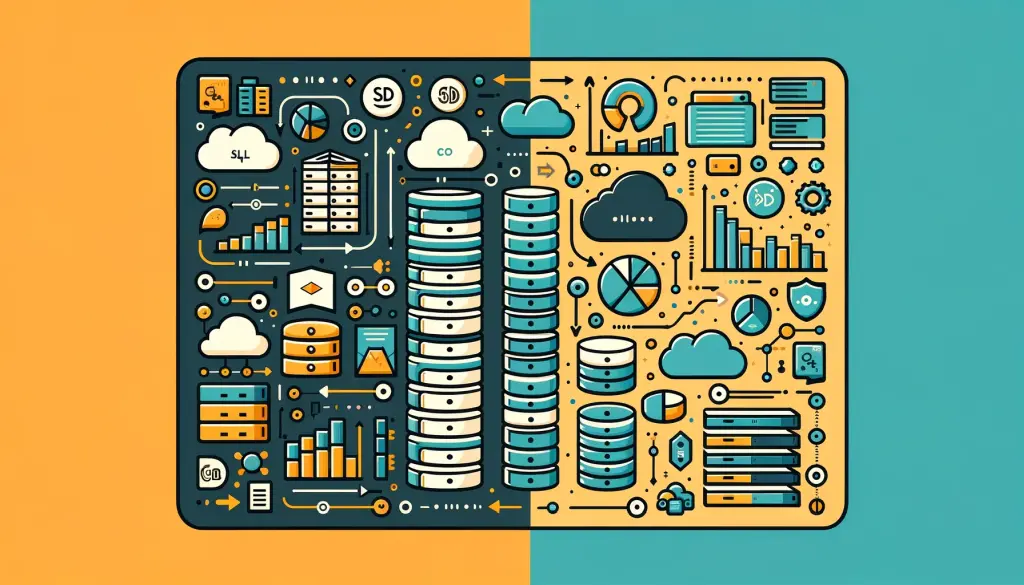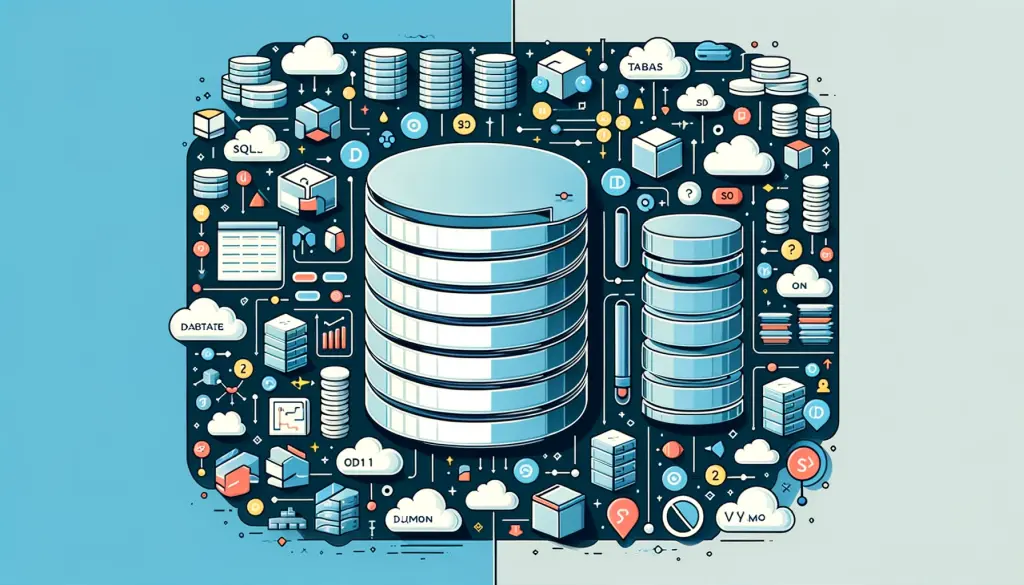A relational database and a non-relational database (often referred to as NoSQL database) are two different types of systems used to store and manage data. Here are the key differences between them:
Relational Database
- Data Structure: organizes data into tables, which consist of rows and columns. Each row represents a record, and each column represents an attribute.
- Data Schema: relational databases require a predefined schema that defines the structure of the data, including data types and relationships between tables.
- ACID Compliance: relational databases follow ACID (Atomicity, Consistency, Isolation, Durability) properties, ensuring transactional consistency and data integrity.
- Data Integrity: enforces data integrity through foreign key constraints, unique constraints, and referential integrity.
- Scalability: traditional relational databases can face challenges with horizontal scalability (scaling out to multiple servers) compared to non-relational databases.
- Complex Queries: ideal for complex queries involving multiple tables, as they support powerful query languages like SQL (Structured Query Language).
- Structured Data: best suited for structured data with well-defined relationships and fixed schemas.
- Examples: MySQL, PostgreSQL, Oracle Database, Microsoft SQL Server.
Non-Relational Database (NoSQL Database)
- Data Structure: NoSQL databases do not use a tabular structure. They can store data in various formats, including key-value pairs, document-oriented, wide-column, and graph formats.
- Data Schema: NoSQL databases are schema-less or have flexible schemas, allowing for dynamic changes to data structure.
- CAP Theorem: NoSQL databases are designed with a focus on scalability and flexibility, often adhering to the CAP theorem (Consistency, Availability, Partition tolerance).
- Data Integrity: while NoSQL databases may provide some level of data integrity, they may not enforce it as rigorously as relational databases.
- Scalability:** NoSQL databases excel at horizontal scalability, making them well-suited for large-scale, distributed applications.
- Simple Queries: designed for simple, high-throughput read and write operations. Some NoSQL databases have their own query languages, while others may use APIs or JavaScript.
- Unstructured or Semi-Structured Data: ideal for handling unstructured or semi-structured data, which may not fit well into a fixed schema.
- Examples: MongoDB (document-oriented), Cassandra (wide-column), Redis (key-value), Neo4j (graph), etc.
In summary, the choice between a relational database and a non-relational database depends on the specific requirements of the application. Relational databases are well-suited for structured data with complex relationships, while NoSQL databases offer flexibility, scalability, and performance advantages for handling large volumes of unstructured or semi-structured data.



